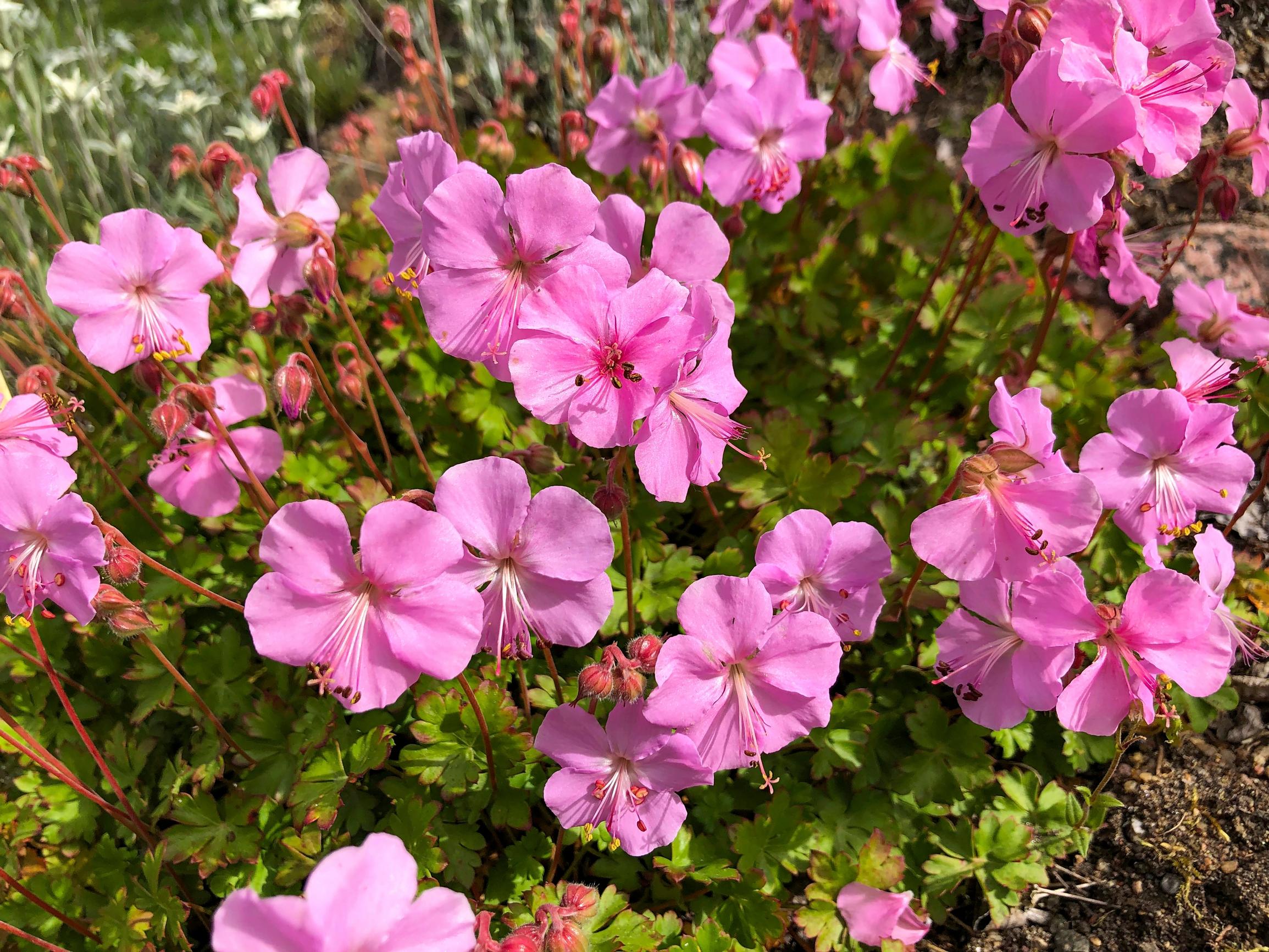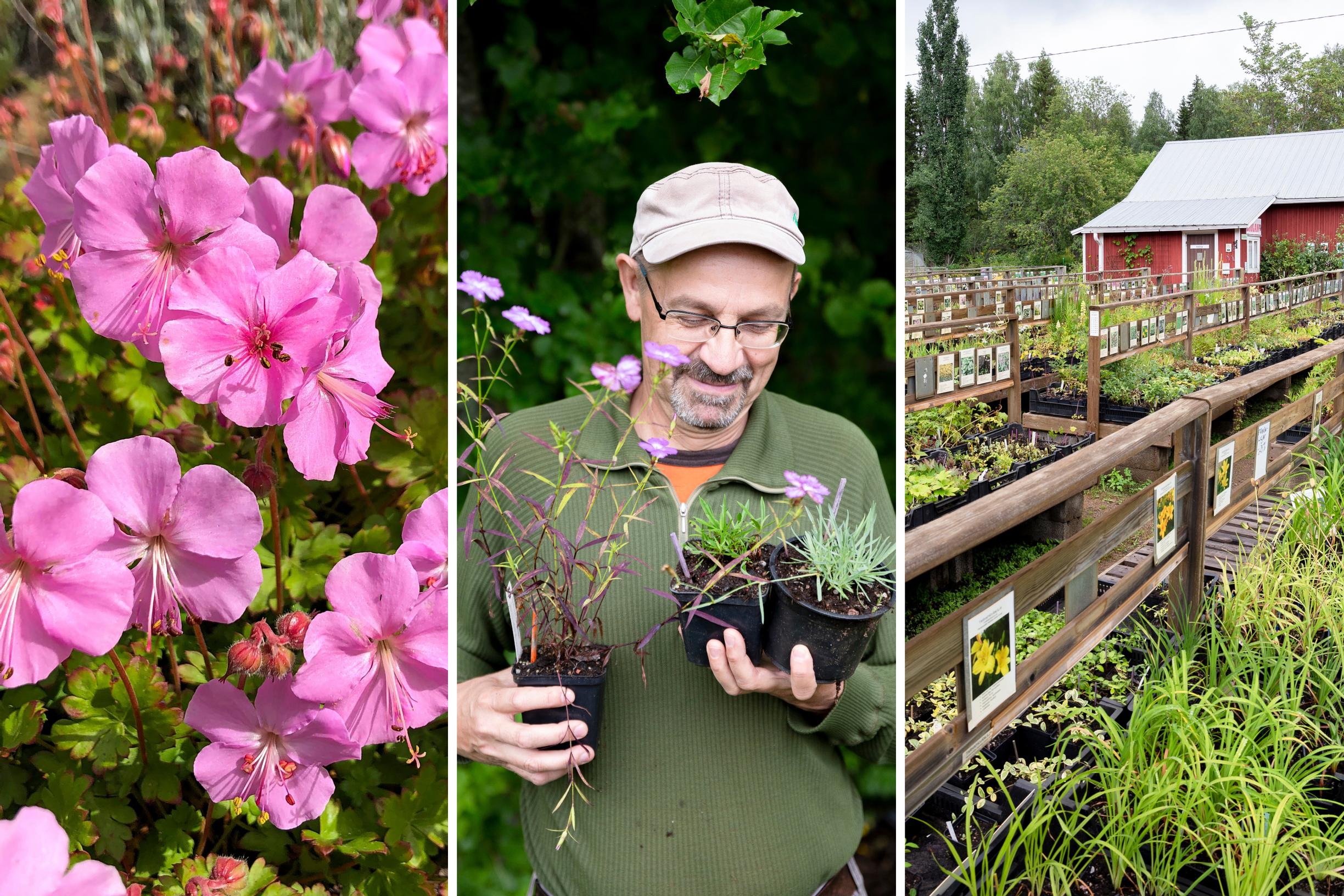
“If a plant can survive here, it can survive anywhere”—unusual perennials flourish at Jari Särkkä’s nursery
Jari Särkkä began his plant nursery in his parents’ single-family home yard. Forty years on, his nursery in Raahe, on the gulf of Bothnia, presents a remarkable range of perennials, many of which are grown from local seeds. Take a look at Jari’s favorite perennials at the end of this article—especially if you’re after plants that can handle demanding conditions!
July’s heatwaves have scorched the flowerbeds, yet mullein and masterwort are still in bloom. The yard of the yellow wooden house resembles a lovingly tended home garden—except that the base of each plant sports a name tag.
Beside the house sits a small hill, reminiscent of the rock gardens described in old gardening books. Only from the top can you see the rows of long plastic greenhouses and the plant sales tables behind the old stone barn. This is Särkkä’s Perennial Nursery in Arkkukari, Raahe.
“We have plenty of rarities you won’t find anywhere else,” says the property’s owner, a perennial guru Jari Särkkä.
More than a thousand different perennials are under cultivation, and they’re not just any ordinary plants.
“We try to use as many local seeds as we can. We collect them from our own plants, our employees’ gardens, our neighbors, and our relatives. We only order varieties that need controlled pollination from the German seed wholesaler Jelitto.”
“We also gather the same plant from multiple locations. We know exactly where our plants originate. I keep a massive Excel spreadsheet on them.”
Särkkä has named a few of his own varieties. ‘Halti,’ ‘Saana,’ and ‘Malla’ are Finnish varieties of lapinneilikka ("Lapland carnation") (Dianthus × courtoisii), crosses between large pink and sweet william.
“They were discovered in my grandmother’s friend Ellen’s garden. We picked out the best-looking individuals and have since propagated them from cuttings. She’s also the source of a white-flowered pink known as elleninneilikka ("Ellen's pink") (Dianthus 'Ellen').”
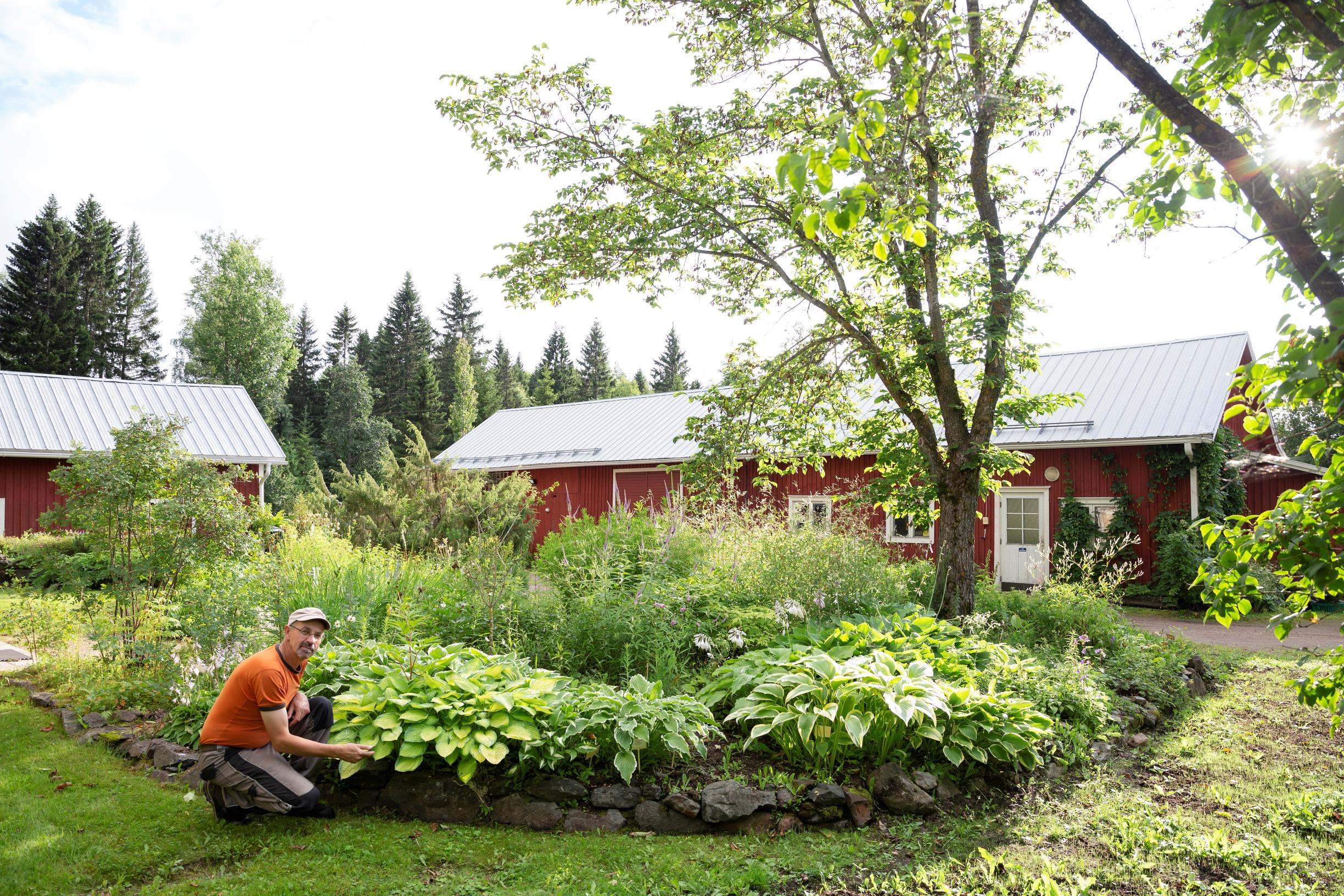
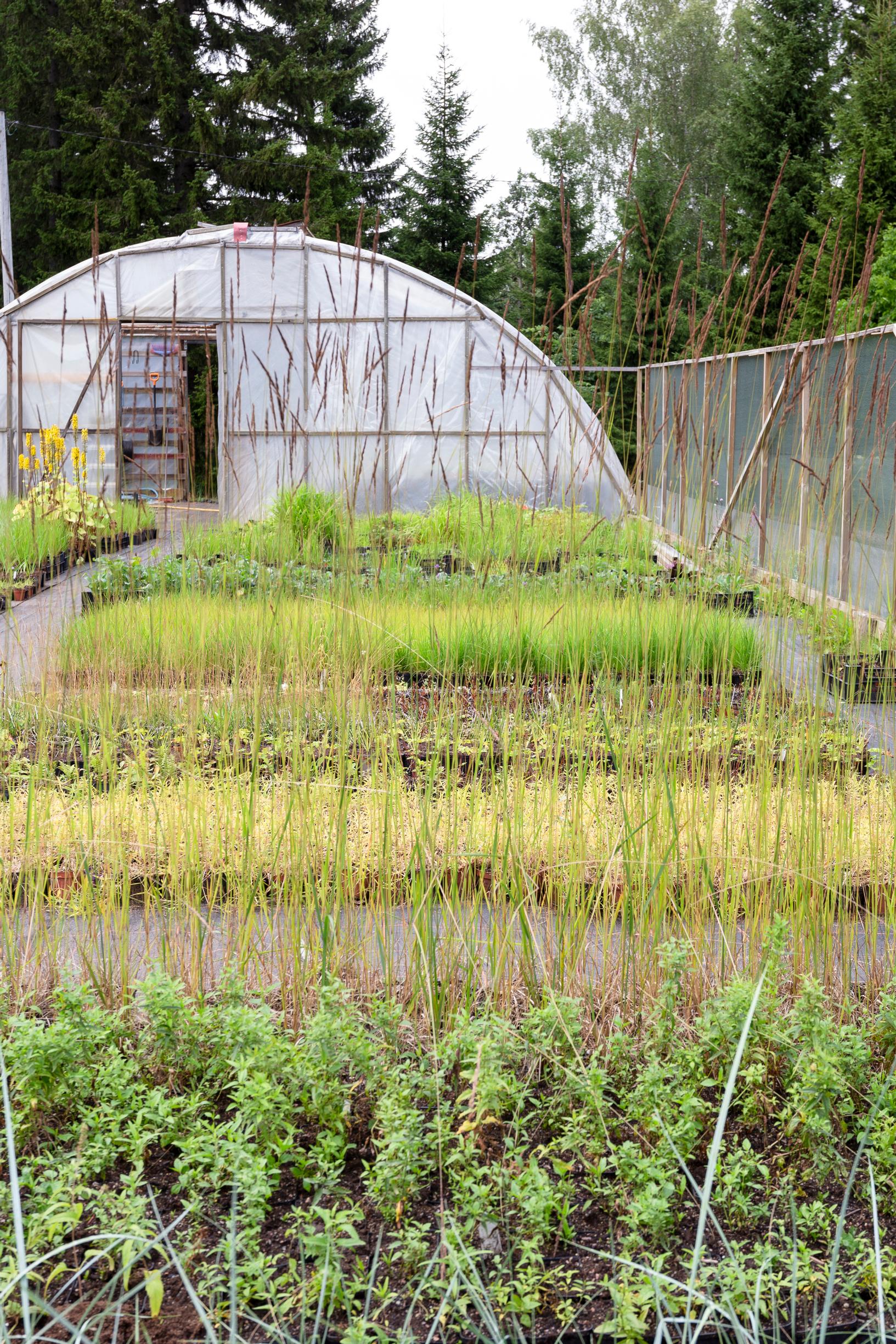
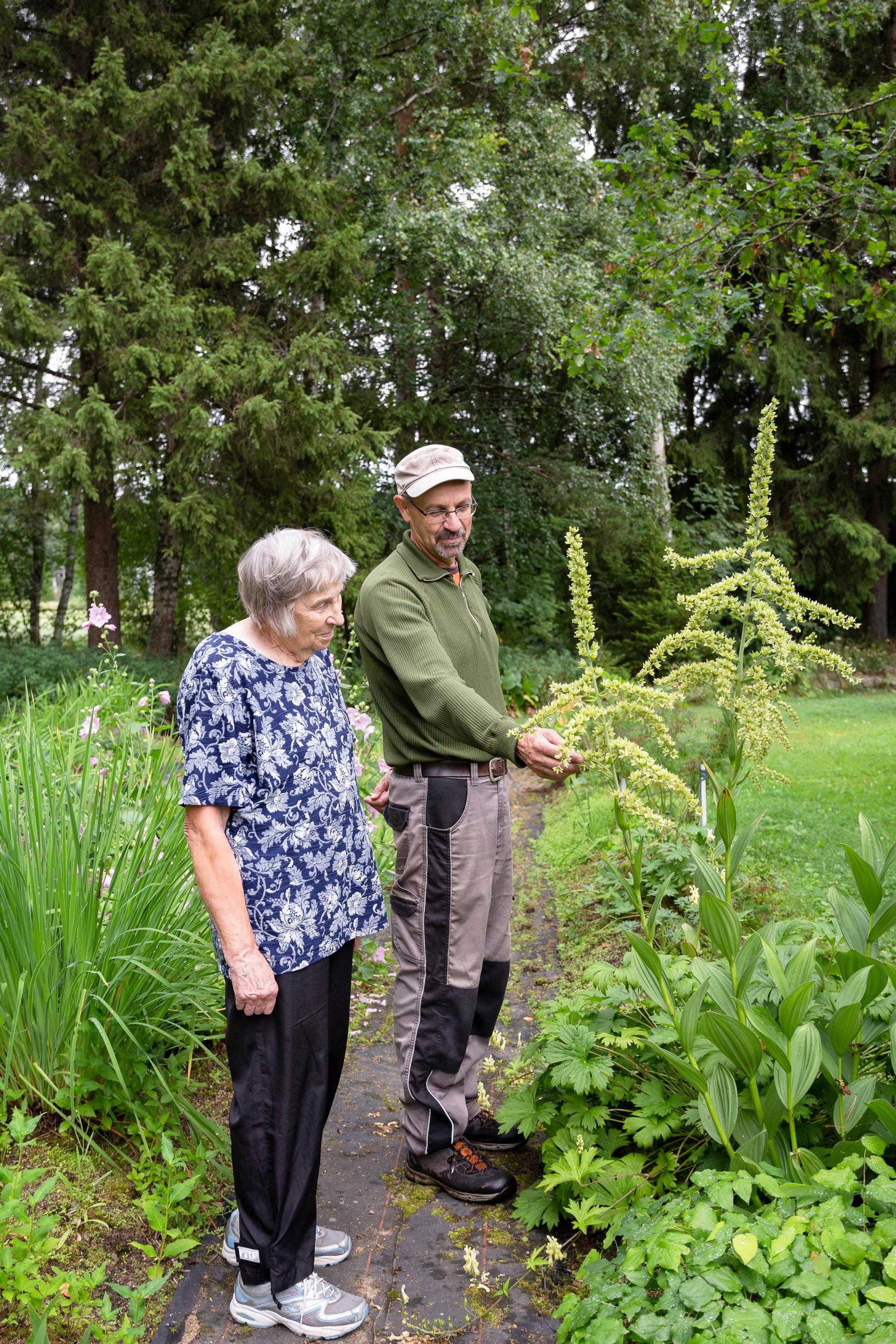
Jari established his plant nursery with his mother Sanni in spring 1985, in the backyard of his parents’ single-family home in Siniluoto, Arkkukarin on the west coast of Finland. Initially, he focused on perennials, but soon began selling woody plants from other nurseries as well. Then they ran out of space.
They discovered their current location in 1991.
“A couple in their eighties lived here—Anni and Erkki Järvelä. Anni was my grandmother’s friend, and we would sometimes visit. One day over coffee, they mentioned they were planning to sell the house.”
The site offered everything: an old house, good accessibility, and water nearby. The parents’ home was only about 2 km (1.2 miles) away.
A black-and-white aerial photo from the early 1960s still hangs on the kitchen wall, showing the farmhouse yard with Anni and Erkki’s house.
“Retail sales started here in 1993. It was a brutally cold spring. Almost into summer, there was still a severe overnight frost that killed many plants,” Jari recalls.
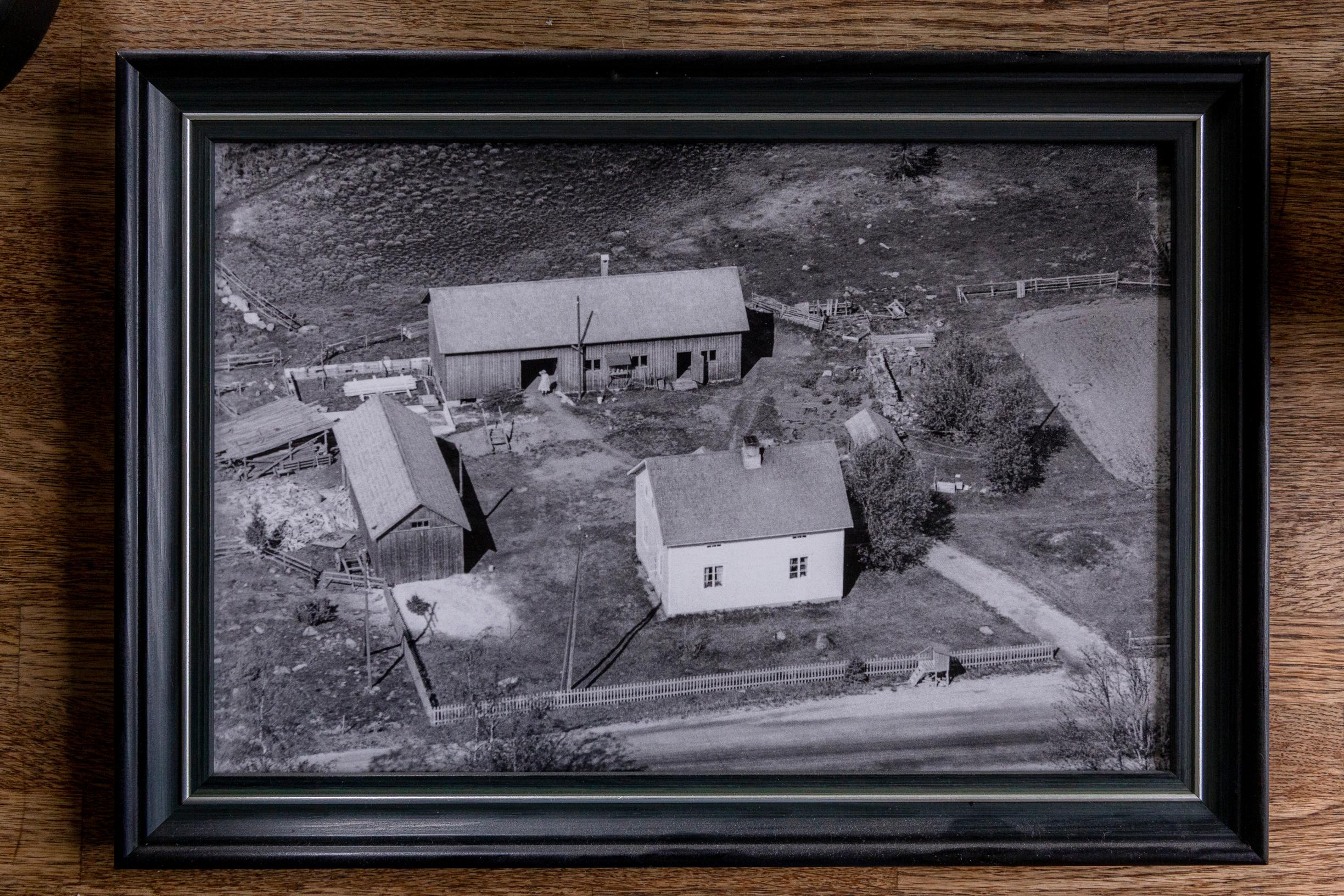
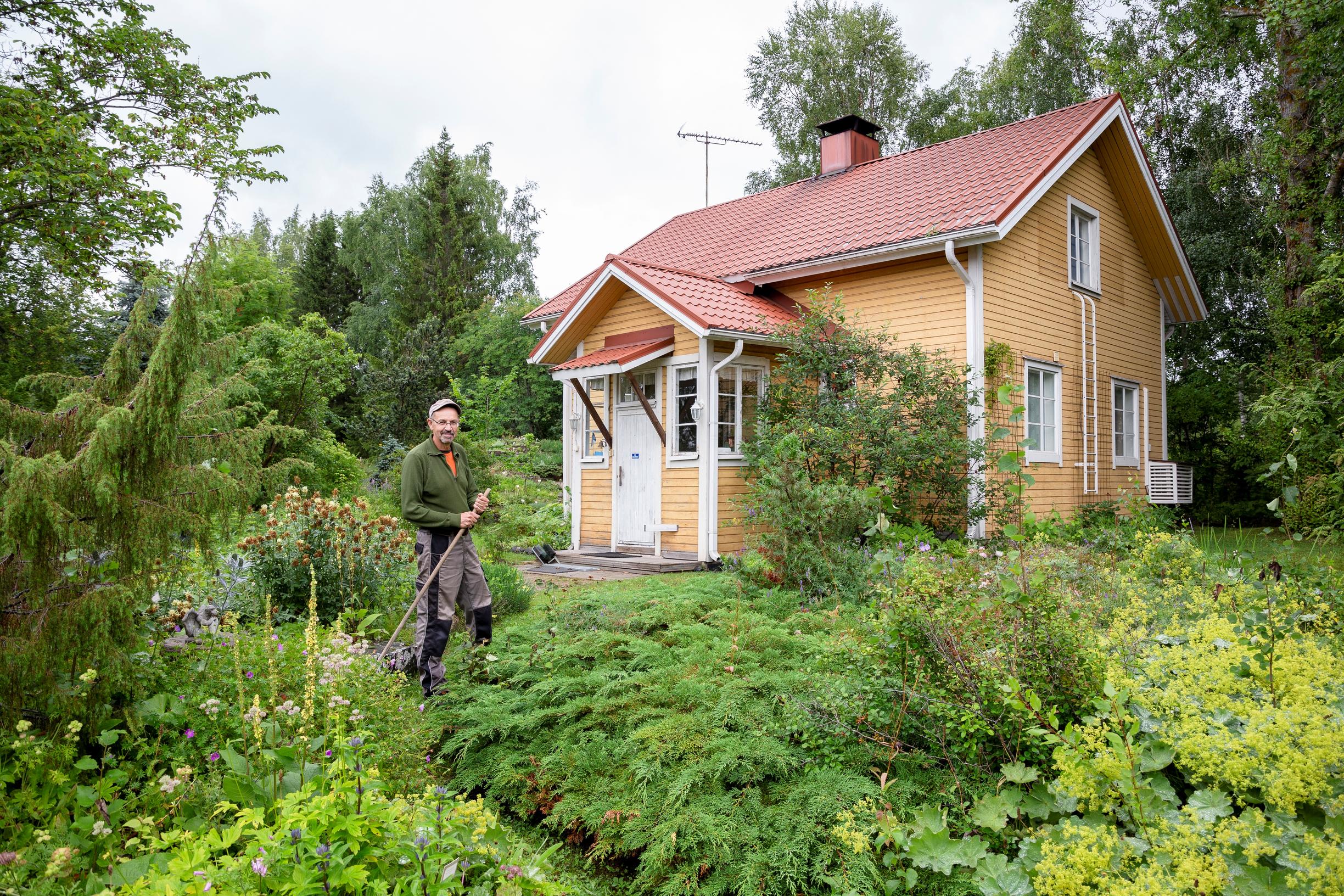
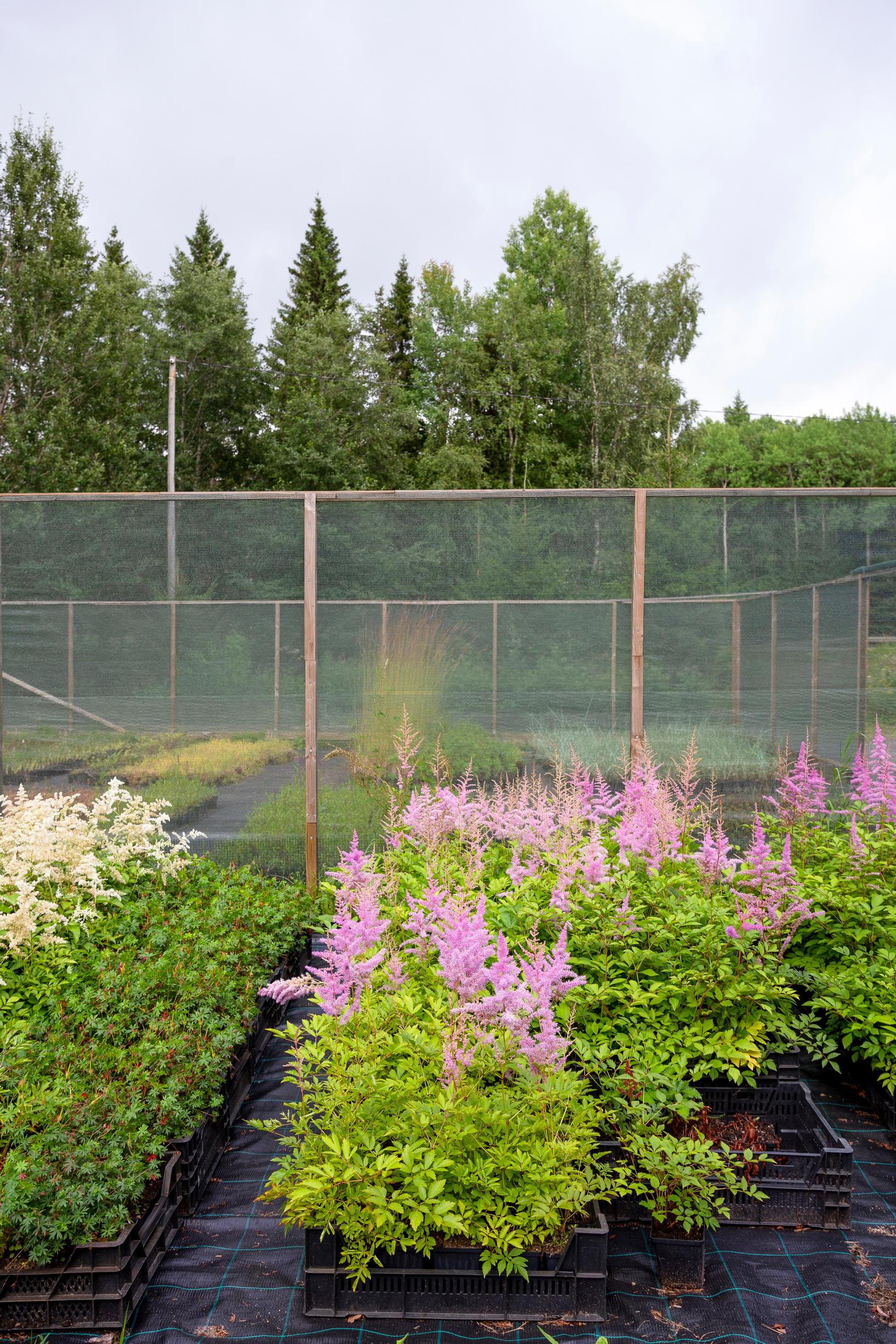
Arkkukari is often one of the coldest spots in Finland.
“Spring arrives late, and May–June can be icy here. Also, the coastline from Kalajoki to Hailuoto is Finland’s driest region, especially in early summer. Climate change has only worsened these dry spells. For instance, last May we got only 3.5 mm (0.14 in) of rain.”
Autumn is warm and rainy. As winter sets in, the weather toggles between freezing and thawing, and there’s often only a thin layer of snow.
As Jari puts it, if a plant can survive here, it can survive anywhere.
Because perennials don’t have an official hardiness rating like trees and shrubs do, Särkkä came up with his own five-level classification.
“That idea arose almost right from the start. I often ran into plants that gardening books called hardy, but that still froze here. Our classification system is rooted in our own experiences.”
In the book Esa Ukonaho and Jari co-authored in 1998, Pohjolan perennat ('Perennials of the North'), they used precisely this same classification, which they’ve refined over time.
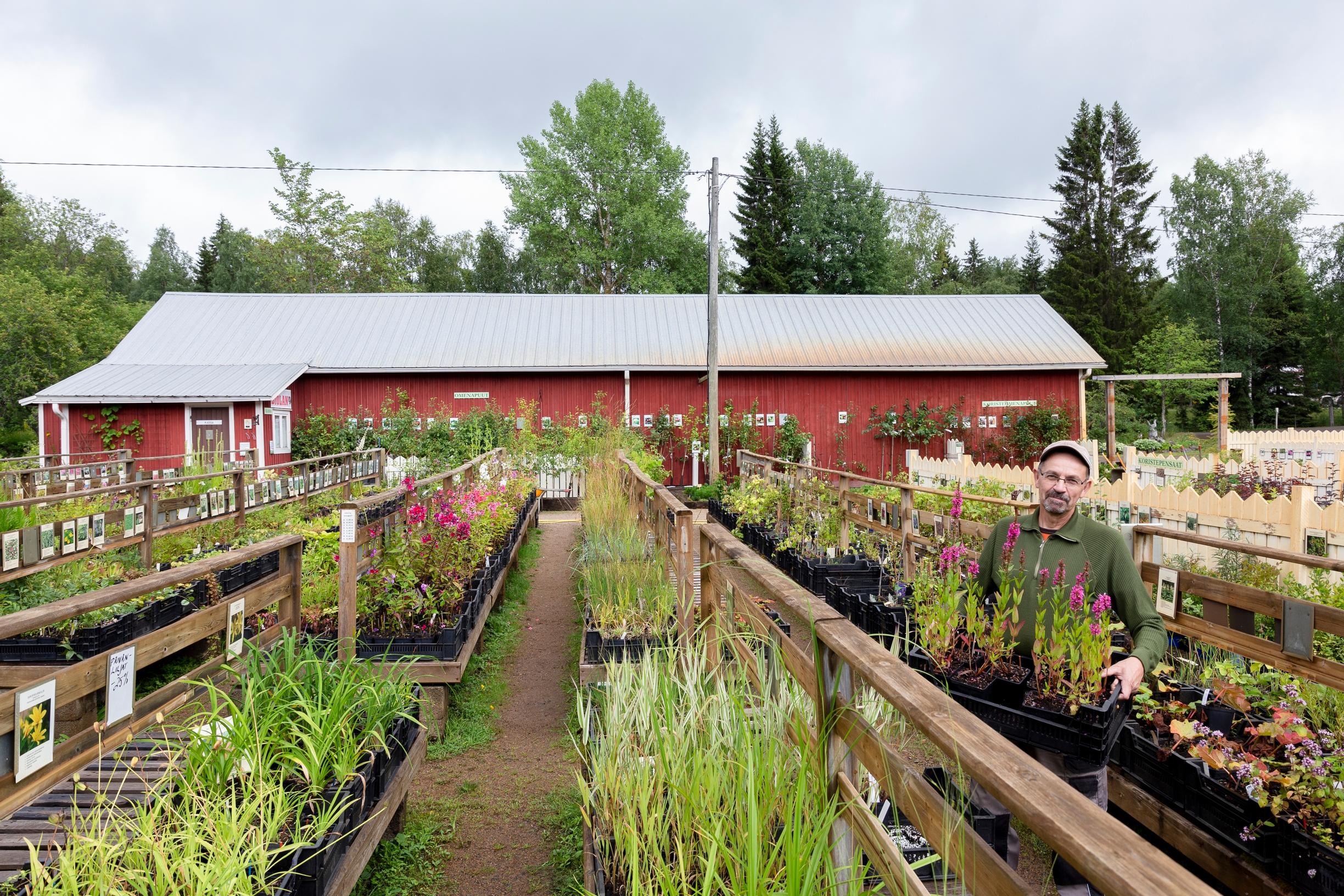
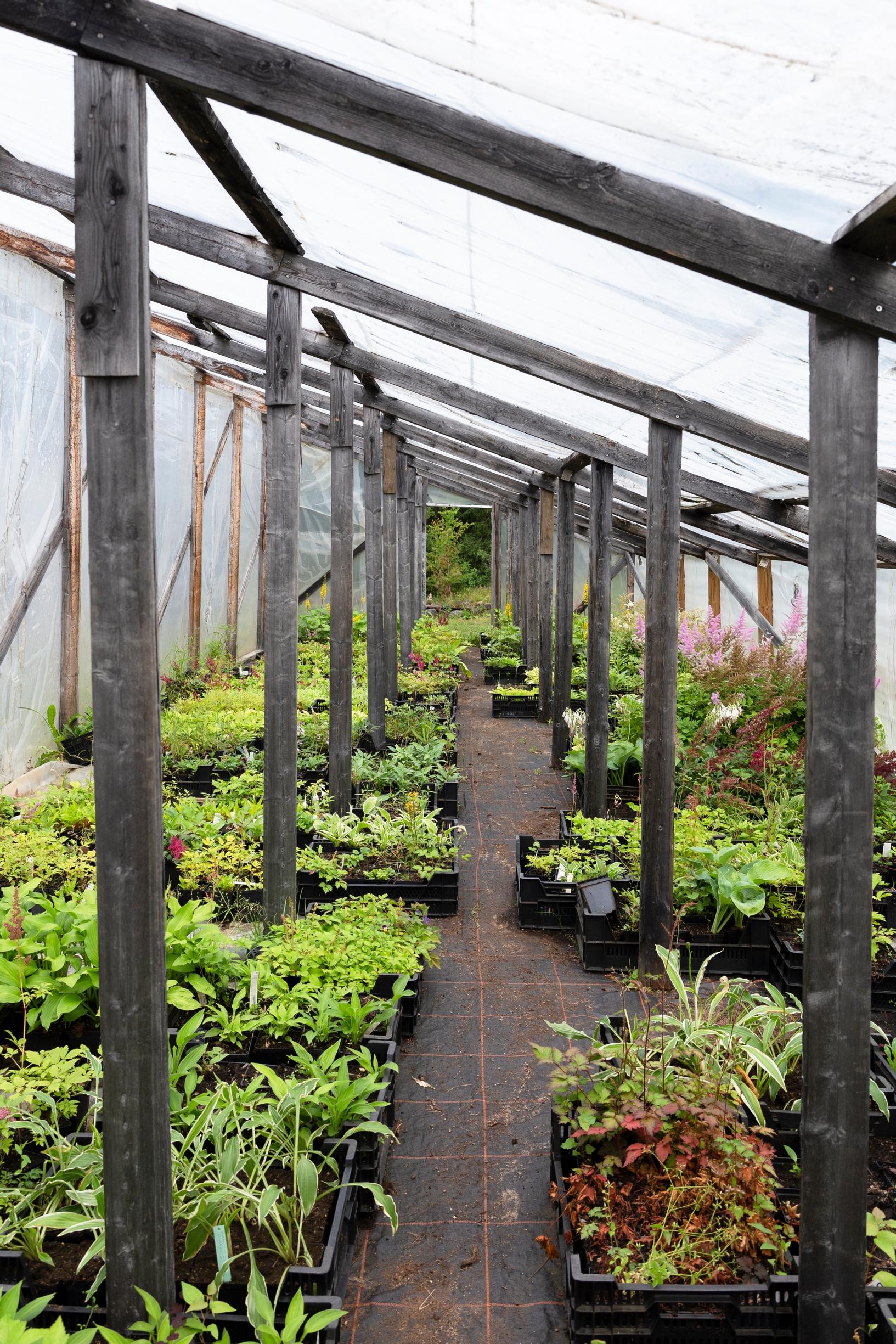
Jari’s plant-collecting travels expanded in the late 1990s to Tromsø in northern Norway. The Swedish gardening association Trädgårdsamatörerna and its member magazine inspired him.
“On my first road trips there, I met Ole P. Olsen. He was retired and an enthusiastic gardener, with a tiny plot on a fjord’s shore, on a gentle slope jammed full of unusual species. Ole introduced me to other enthusiasts and nurseries, so I got to see more gardens and fascinating plants,” Jari says.
While Tromsø lies 700 kilometers farther north than Arkkukari, its climate is actually far more favorable for perennials. Wind and moisture can trouble woody plants, but perennials are happy.
“I brought back, for instance, primulas and saxifrages. Some of the plants I collected then are still in our lineup.”
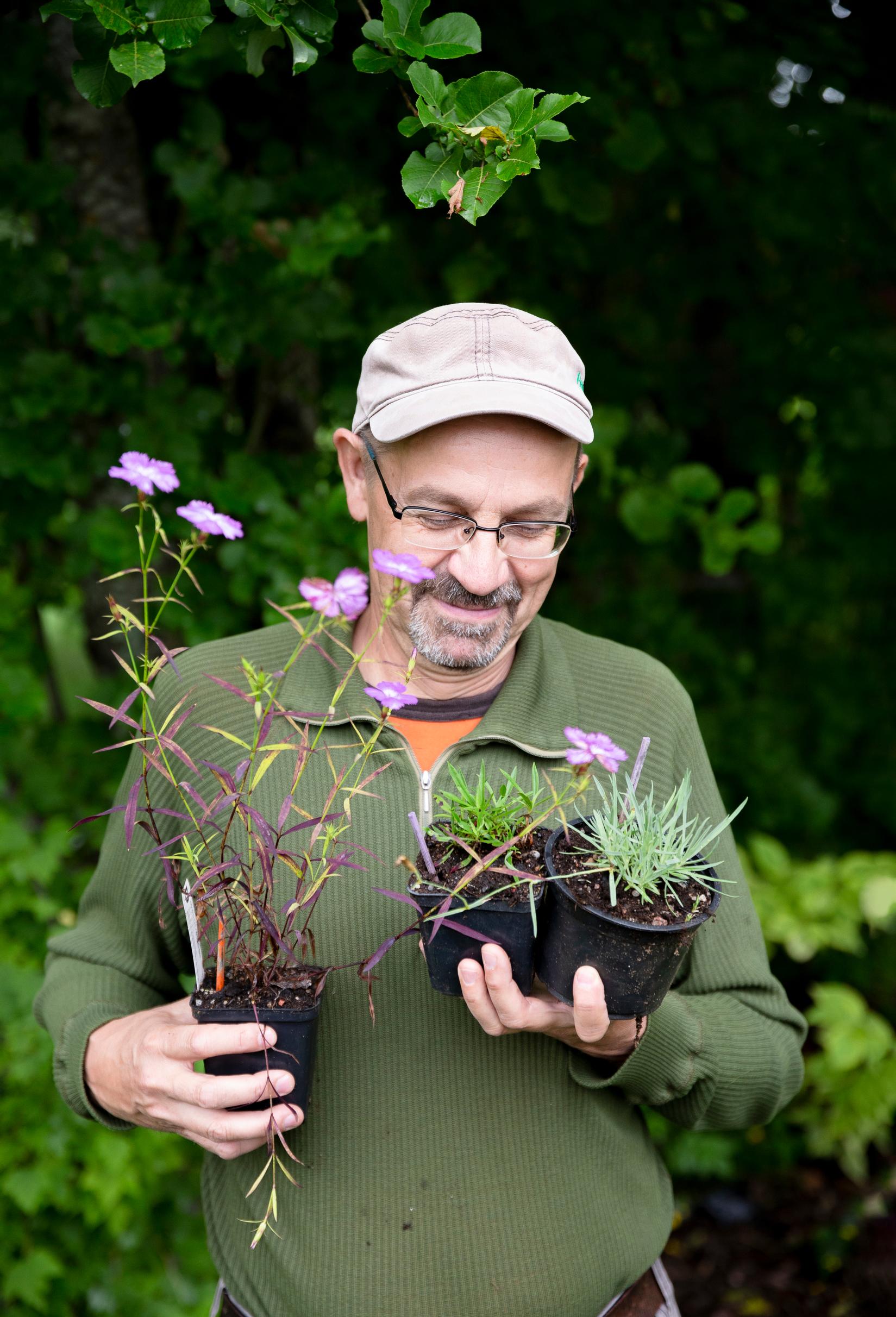
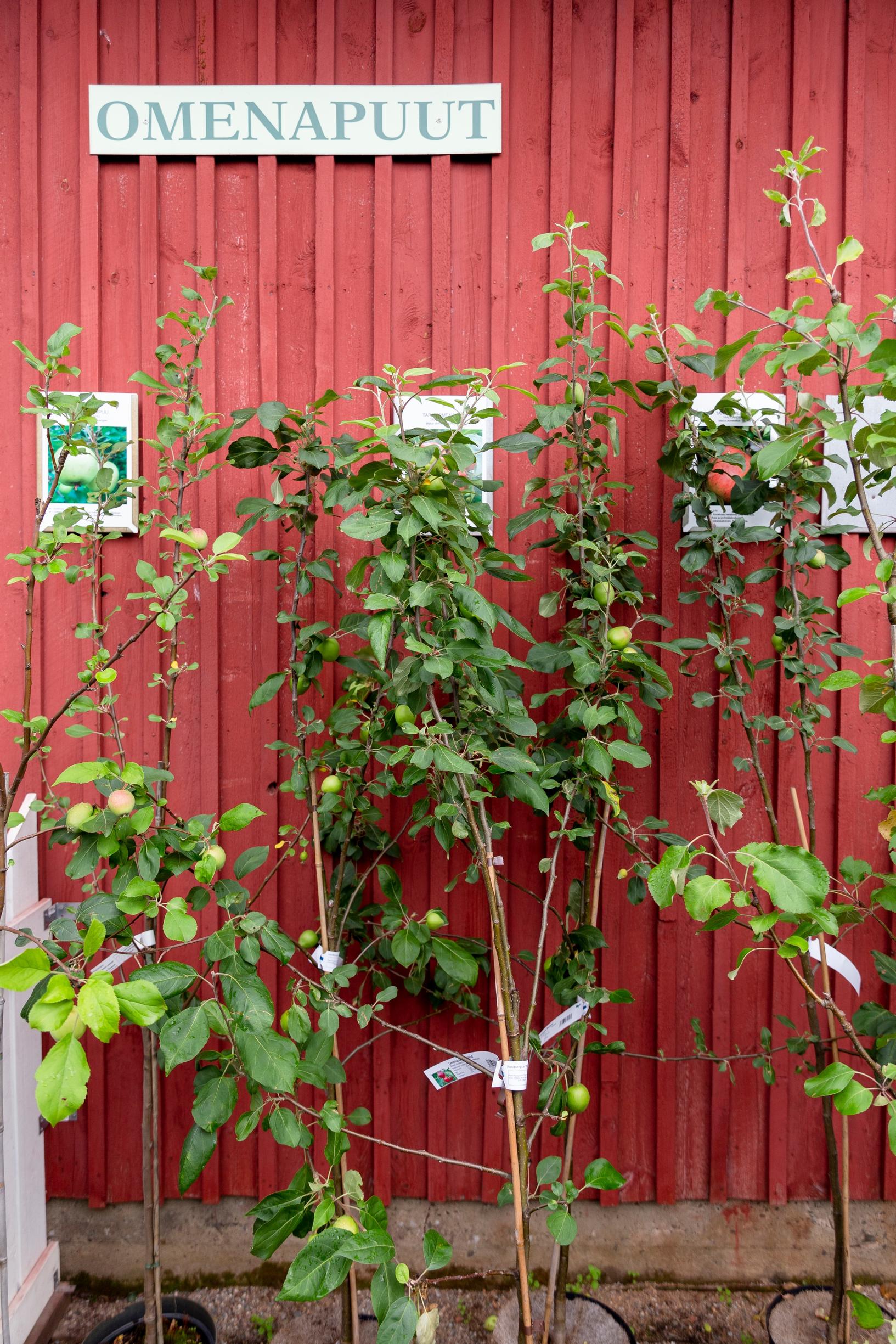
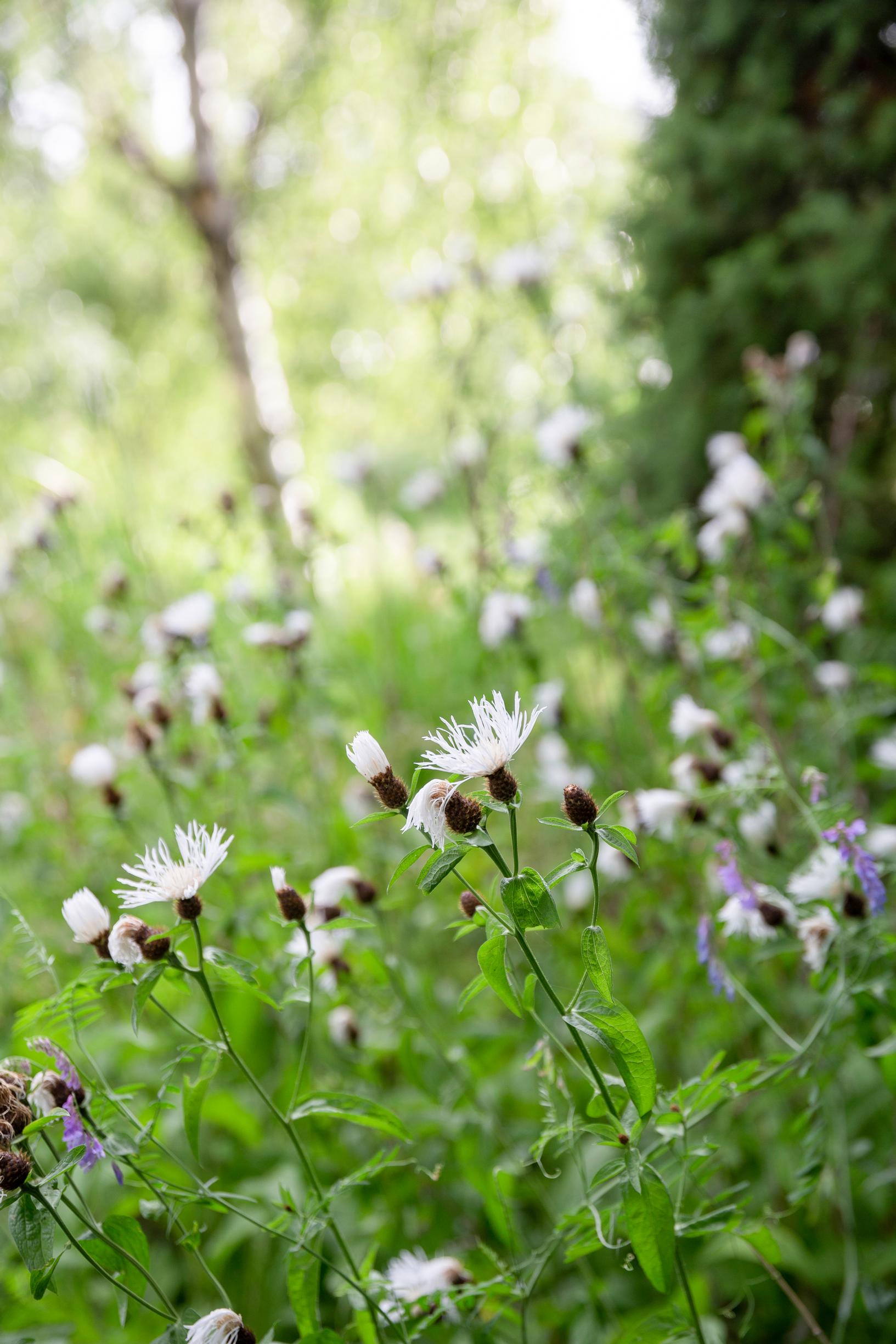
Though these perennials have been grown and sold in pots for decades, most planting still happens in spring. Late summer and fall are also excellent planting times.
“Contrary to popular belief, perennials don’t need to root in before winter. Of course, root balls can pop out of the soil in spring, which is why you should press them firmly into the ground at planting. People are too gentle with that,” Jari says.
At other times of the year, consistent watering is crucial. After planting, the soil around the plant should be deeply soaked three times a week for about two weeks.
“A couple of watering cans per square meter (11 sq ft) is a good amount.”
During extended dry spells, even large plants should be watered. Shrubs need around 20–30 liters (5–8 gal) of water each time. The moisture must penetrate deep.
“Drought stress can kill the entire plant the following winter,” Jari warns.
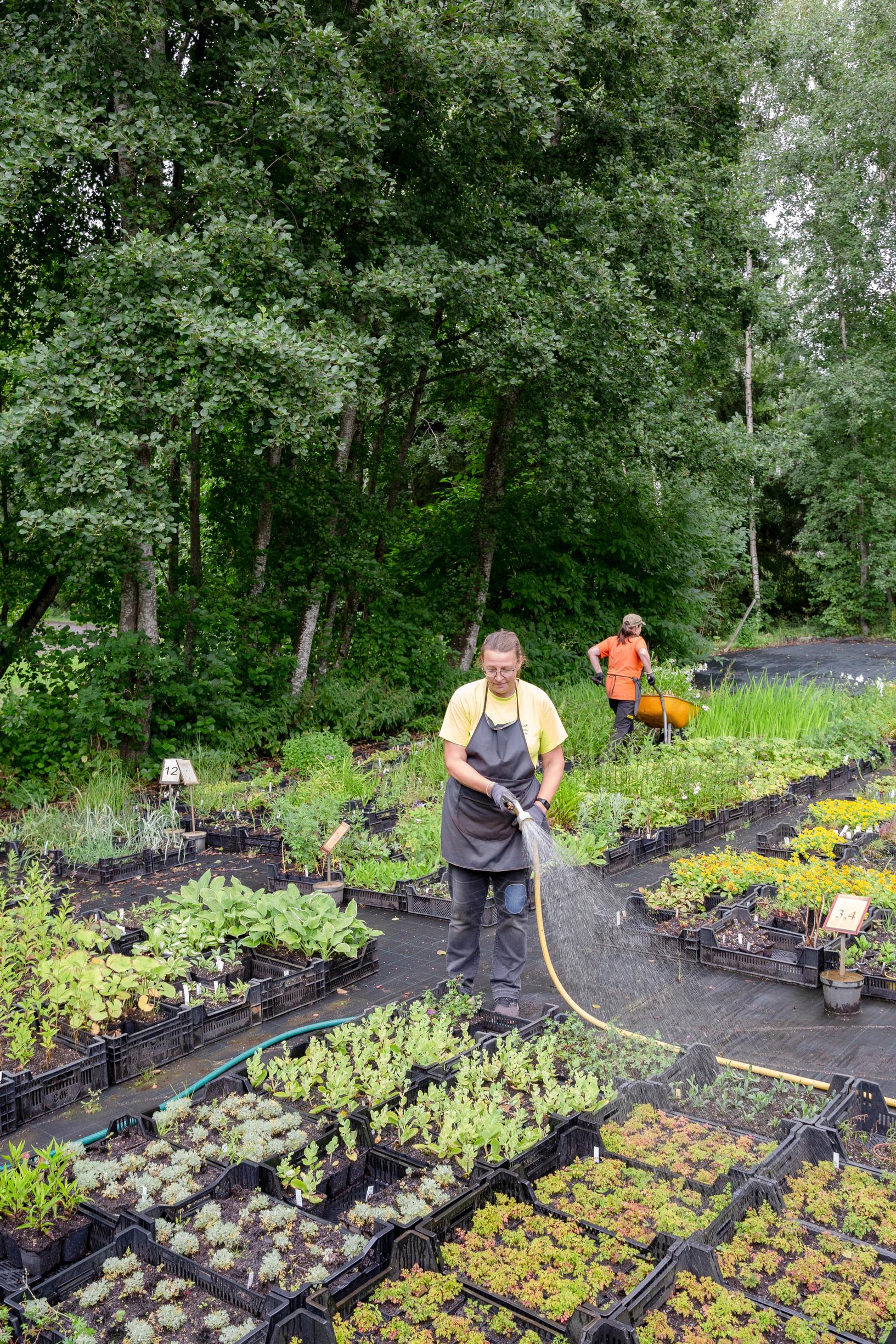
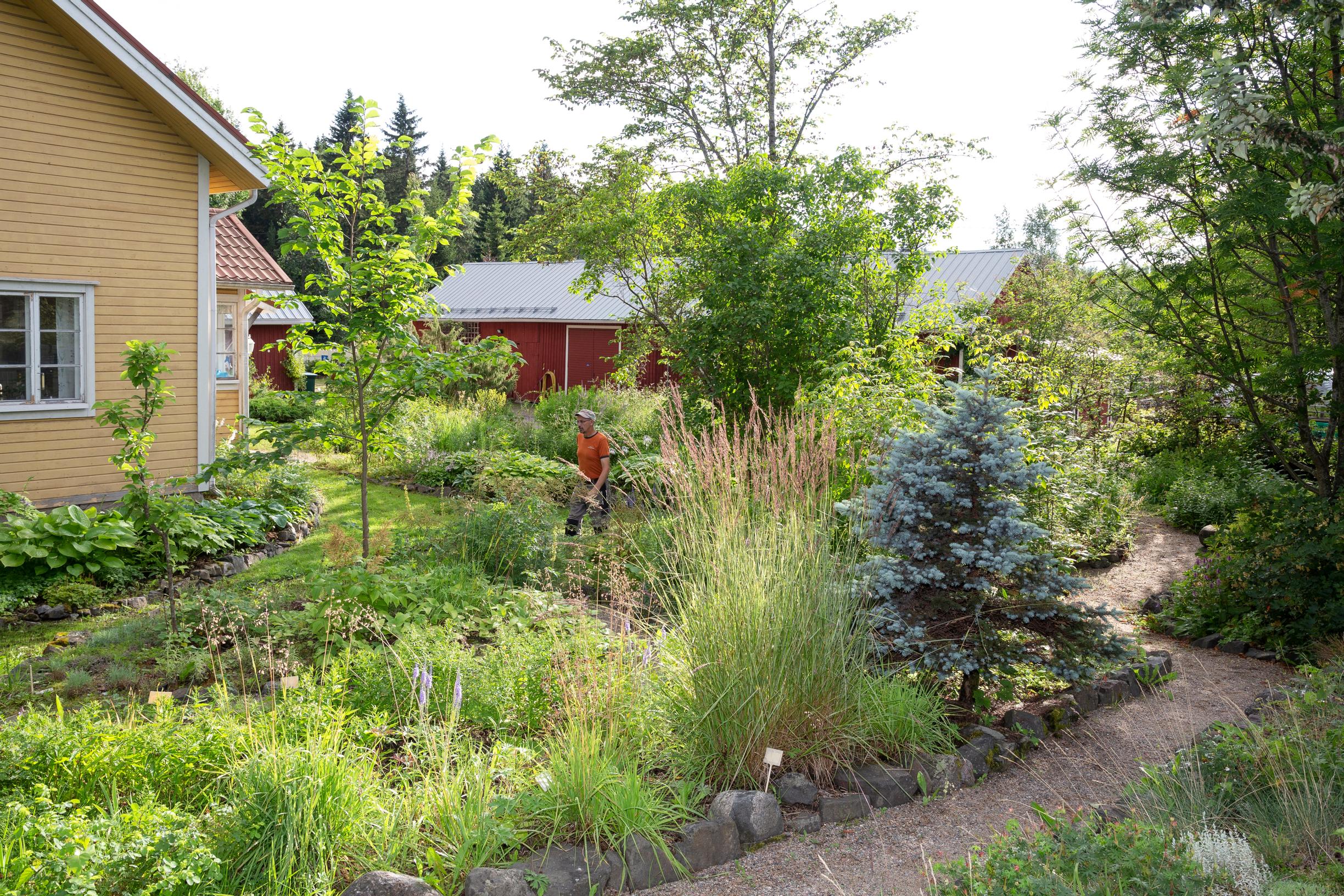
Spring tasks at the nursery begin in mid-March.
“That’s when we start dividing and potting perennials that were lifted in the fall and kept in cold storage. By April, we can move on to outdoor work. And traditionally, we open on May 2.”
From March until late October or November, the nursery employs four permanent workers: Anu, Leila, Esko and Jari’s sister Sari. In summer, seasonal workers join the crew.
The nursery covers about 1 hectare (2.47 acres). There are 15 small plastic greenhouses and two sowing houses, none of which is heated.
The yellow building in the middle is both Jari’s home and the nursery’s office.
“Even though the nursery is just outside my window, I don’t lift a finger in the evenings anymore. Early on, I liked tinkering around after hours, but now I keep my work and personal life separate.”
One of his personal pursuits is the Atlas of the Distribution of Finnish Vascular Plants project, run by the University of Helsinki. You choose a grid square from the basic uniform coordinate system, go there, and catalog every plant growing within it.
“A good square can have more than 200 species. You can cover it in a day. This is my Sunday hobby each summer.”
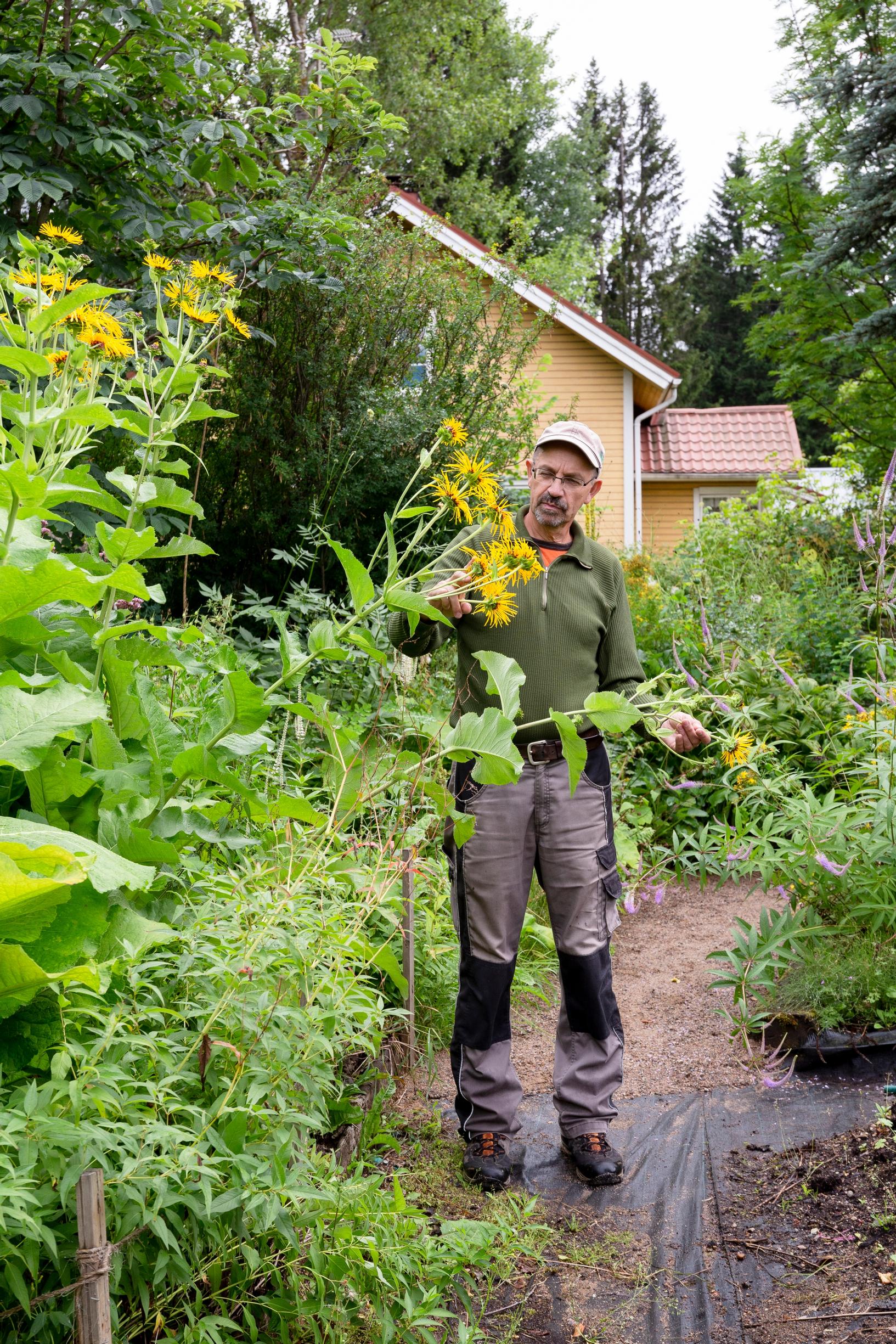
Jari Särkkä’s favorite perennials
1. Marsh spurge
This plant flowers in early summer, but its brightly colored upper leaves make it look as if it keeps blooming well into the season. It develops a red tinge in fall. Mildly toxic.
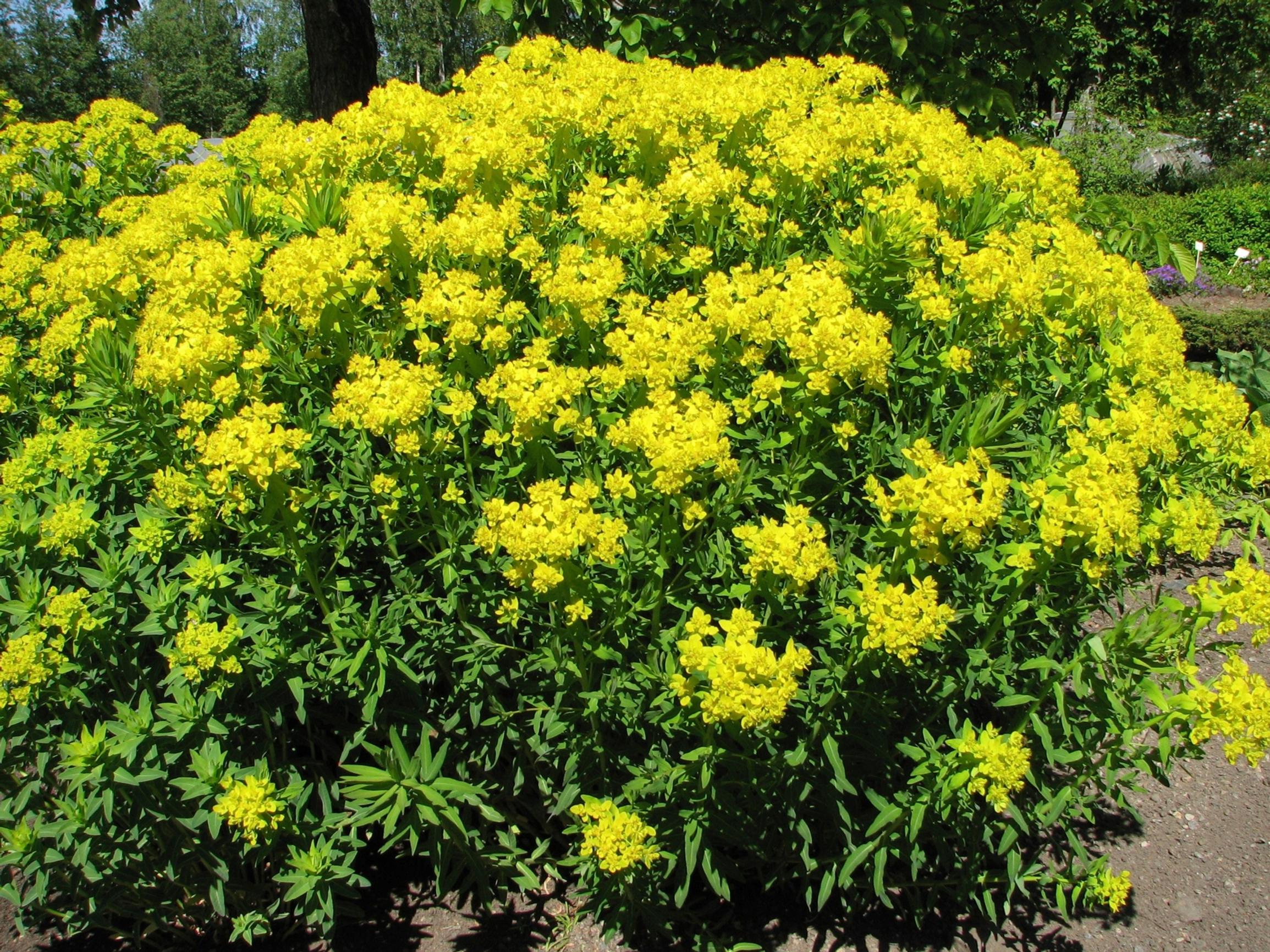
2. Bowman's root
This large but airy species blooms in July. It has red stems and a brilliant red or orange fall color, doing well in partial shade.
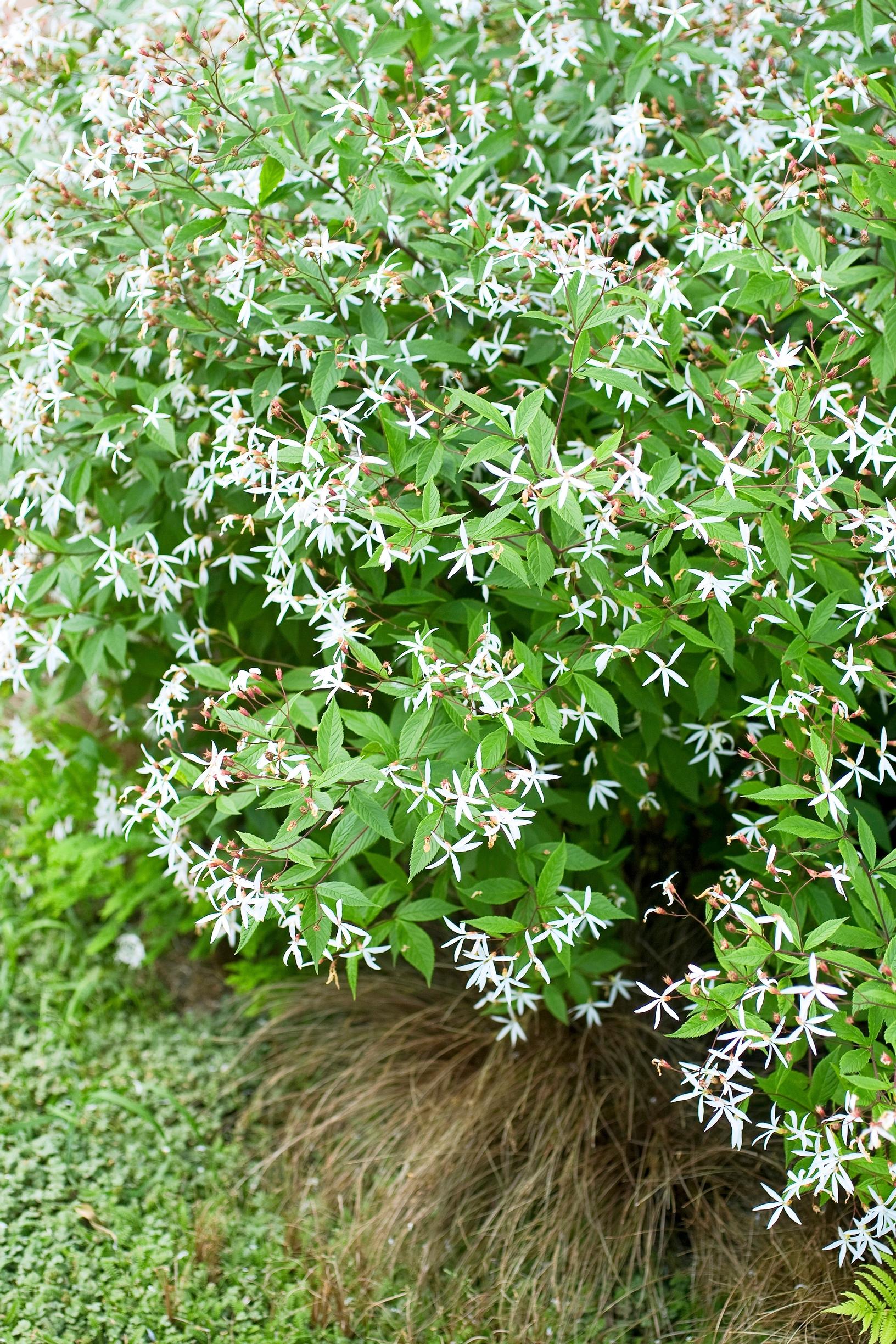
3. Plantain lily ‘Aureomarginata’
This large, regal variety suits a partially shaded spot. Very hardy.
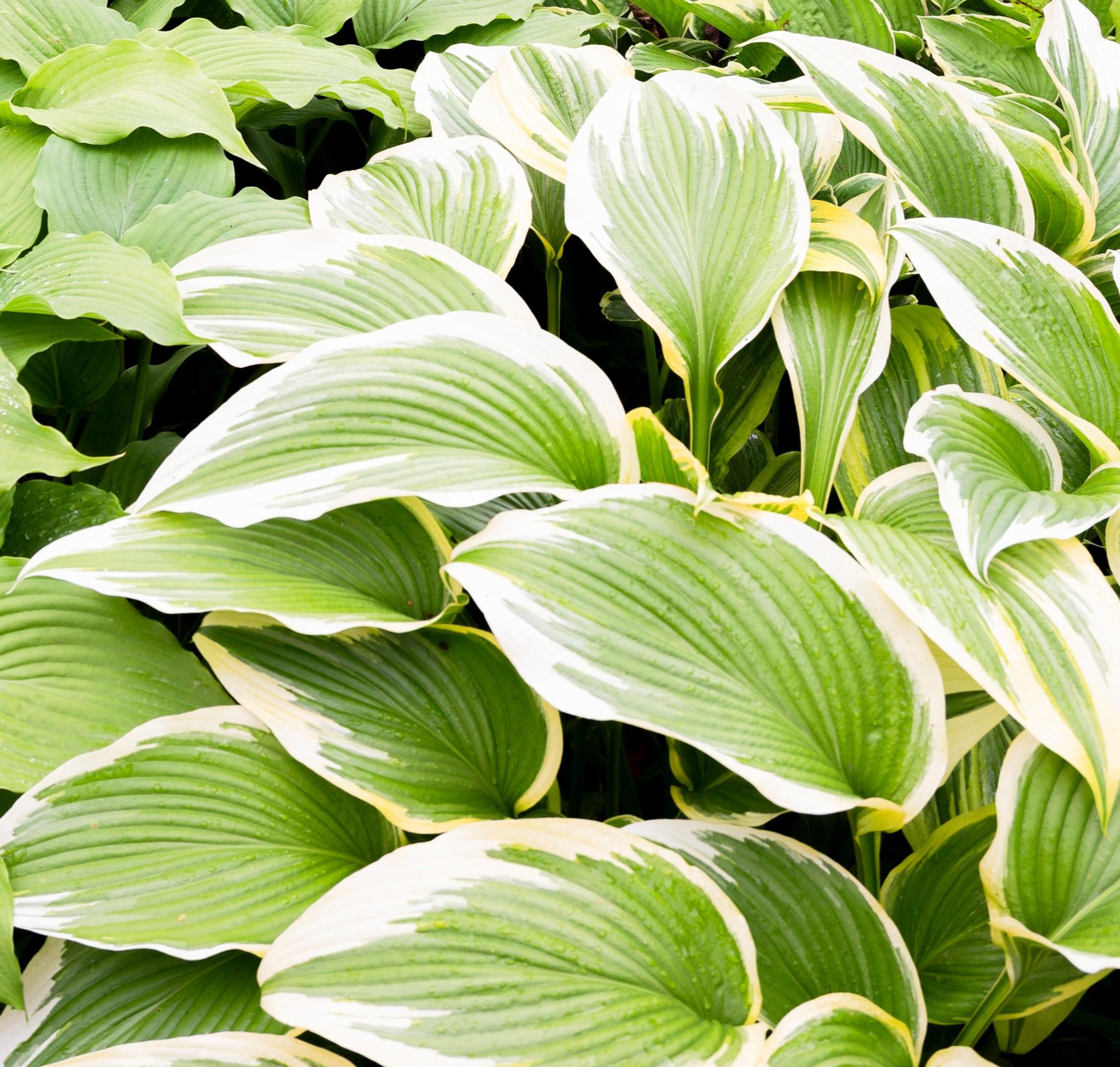
4. Prophet flower
A compact, leafy species about 40 cm (16 in) tall, with bright yellow flowers in June. Exceptionally hardy in a sunny area.
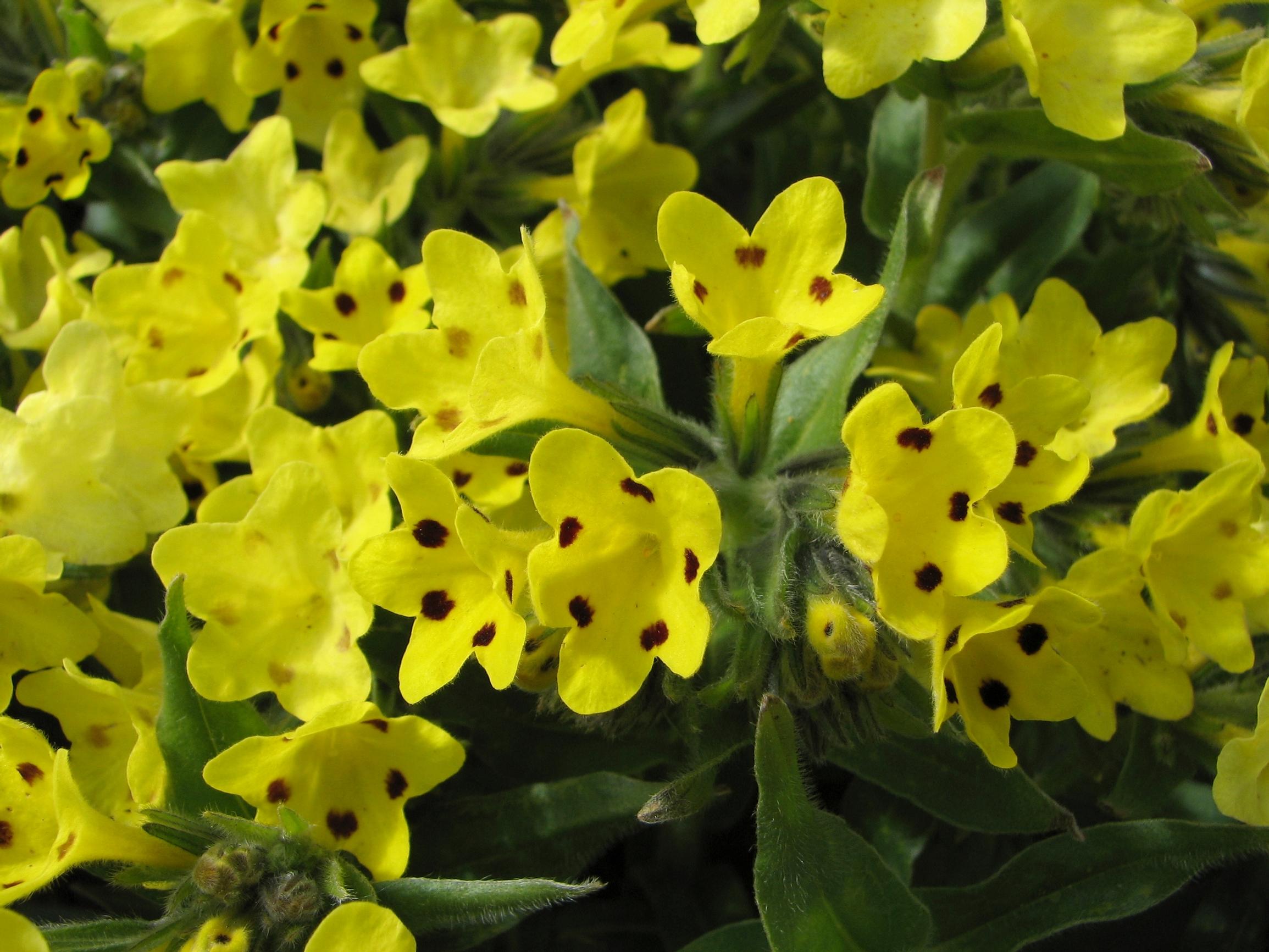
5. Lewisia ‘Little Snowberry’
A showy bloomer in June–July. An appealing challenge for hobbyists, perfect for a sunny spot.
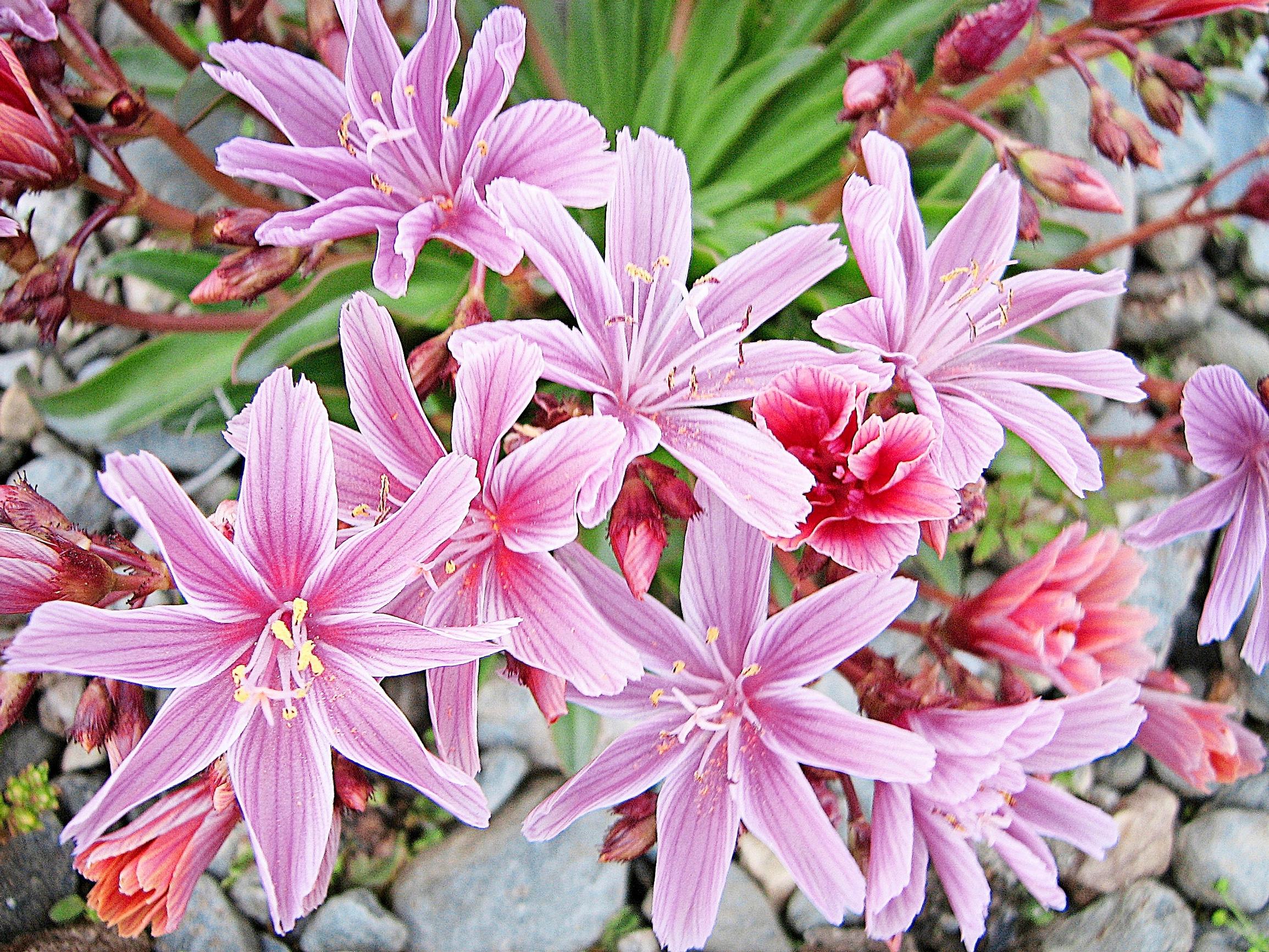
6. California false hellebore
This sturdy perennial grows to about 2 m (6.6 ft) tall in sun or partial shade, adding height to your beds. Its branching blooms appear in July–August.
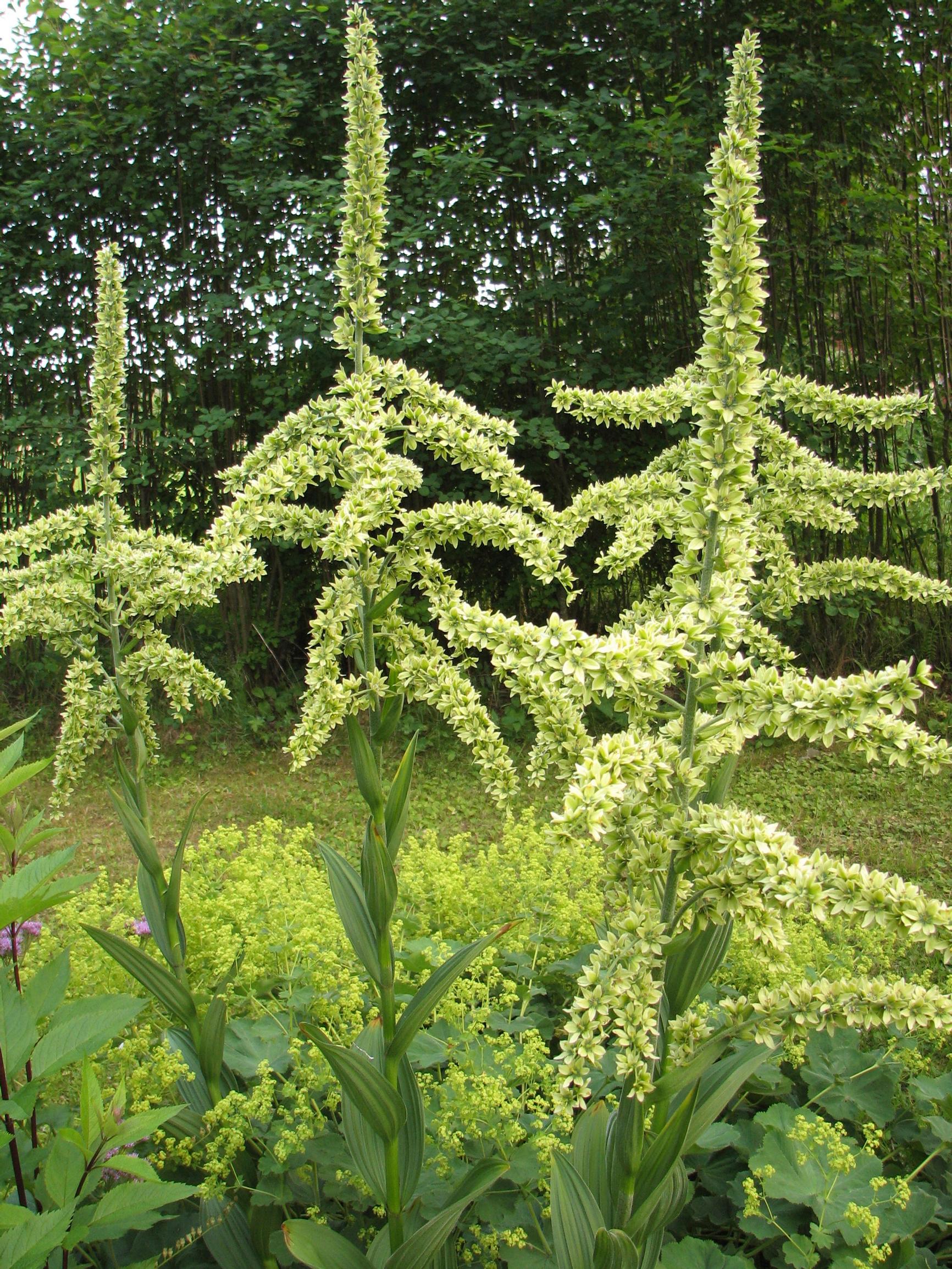
7. Sand phlox
Its pale lilac, wheel-like flowers appear in May–June. This charming 15 cm (6 in) cushion works well in a sunny rock garden.
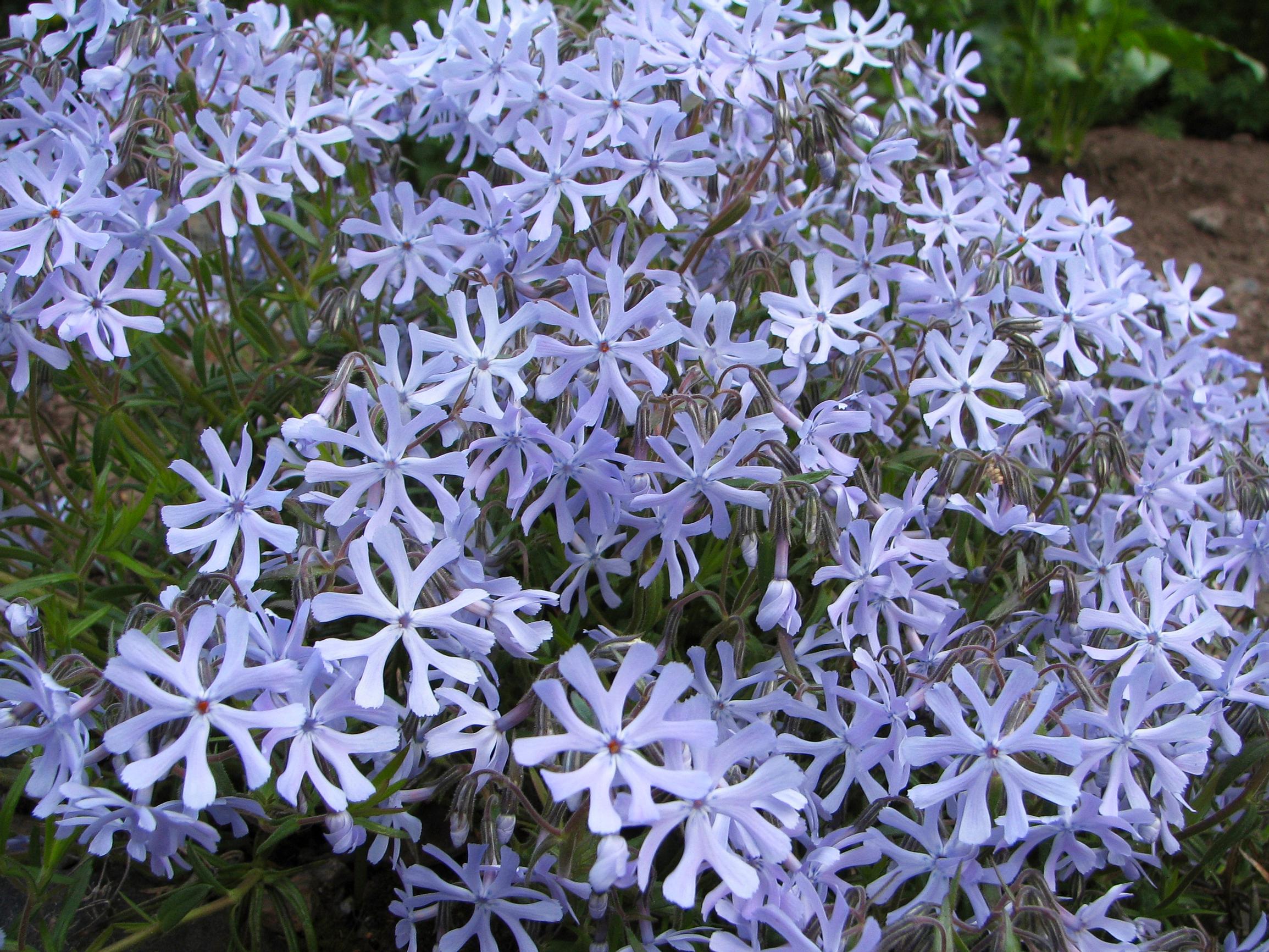
8. Lungwort ‘Ocupol’
This variety has pale flowers in early summer. Its cool green, spotted leaves grace a partial-shade bed all season.
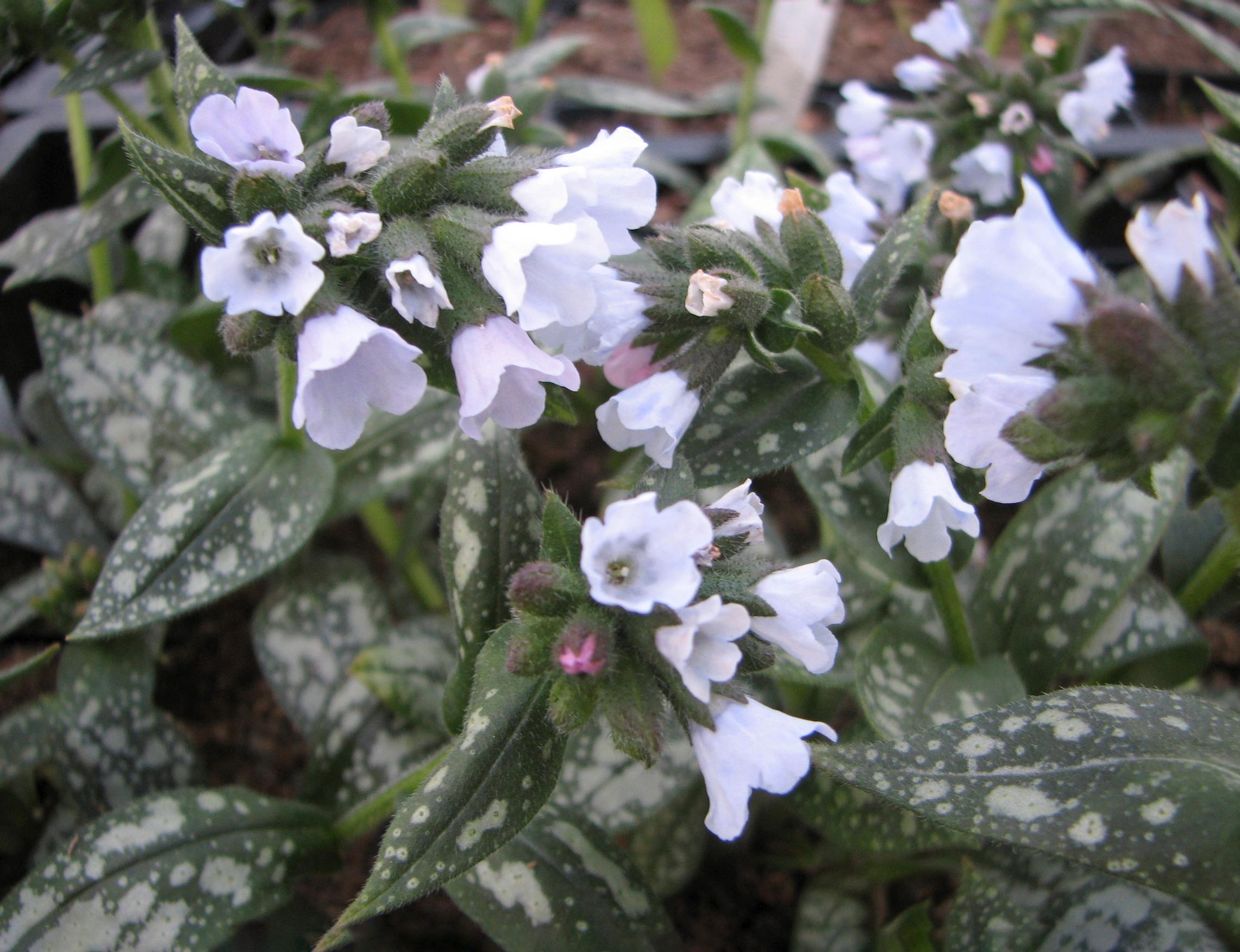
9. Henbane bell
Ideal for sun or partial shade, it emerges early in spring with purplish-brown shoots. Its dark flowers appear in May.
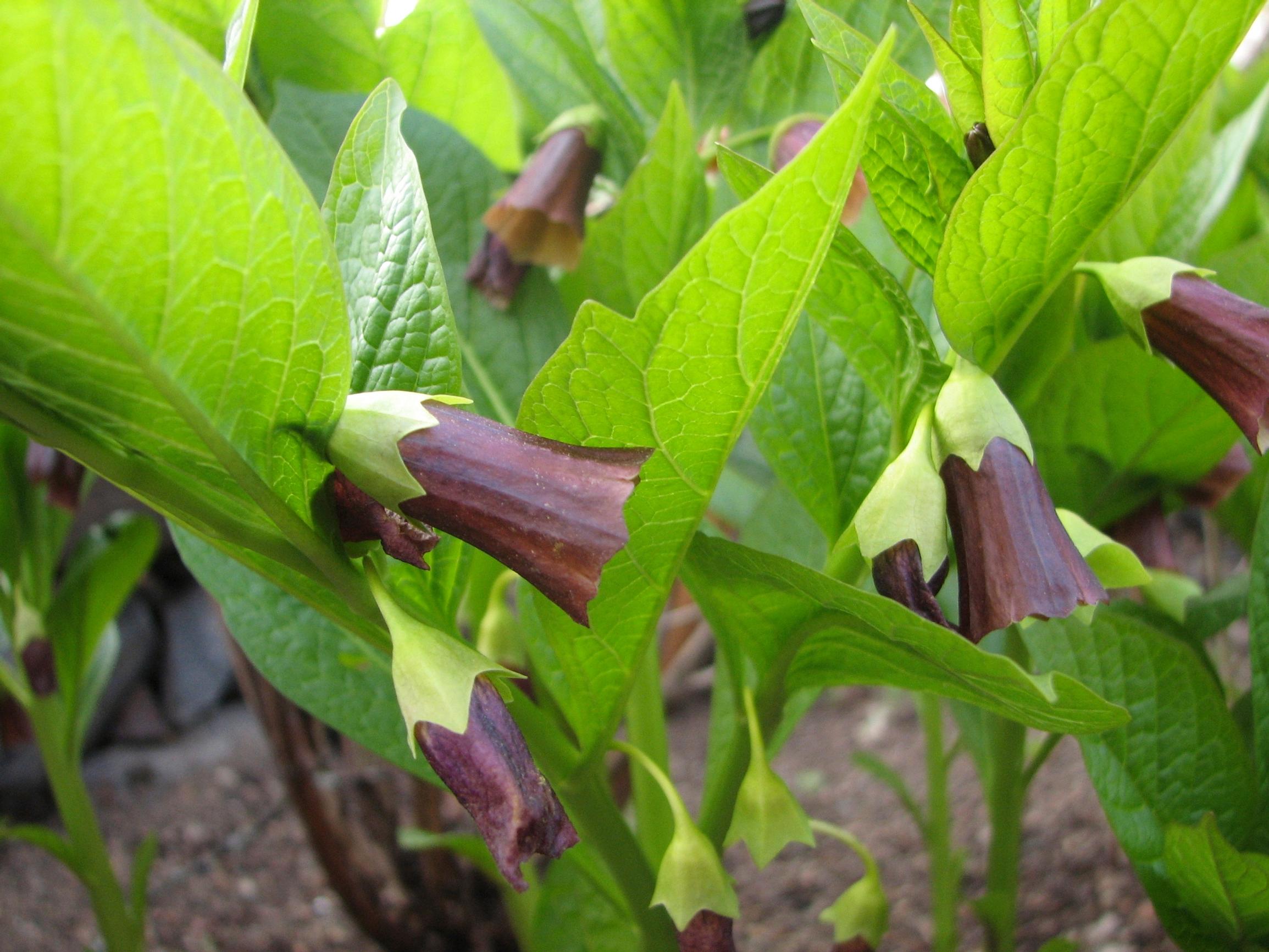
10. Dalmatian cranesbill
This low, compact species loves a sunny spot. It offers a showy bloom in June–July and is reliably hardy.
